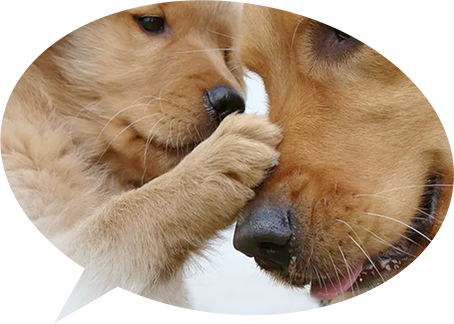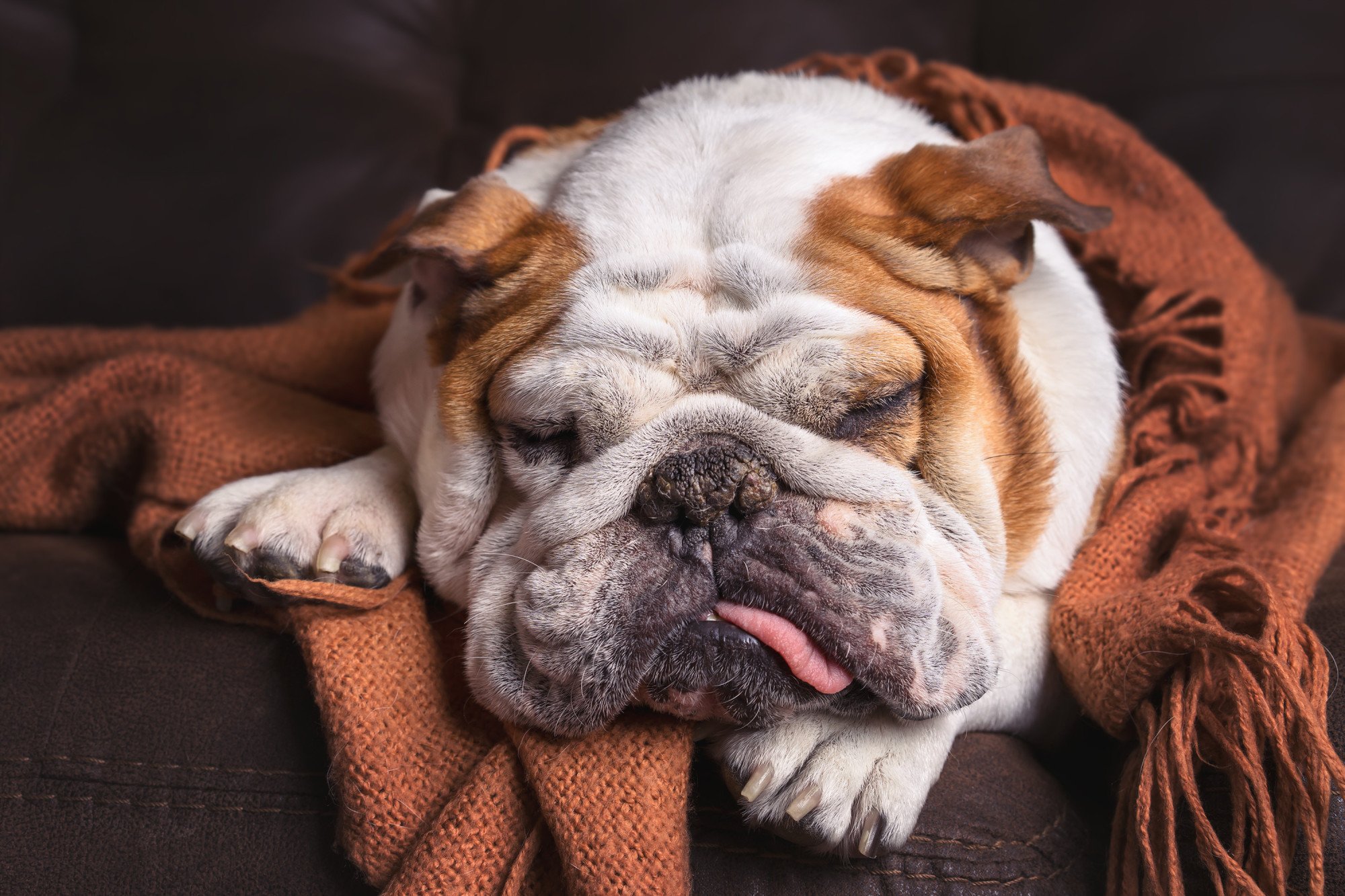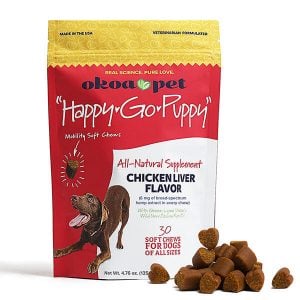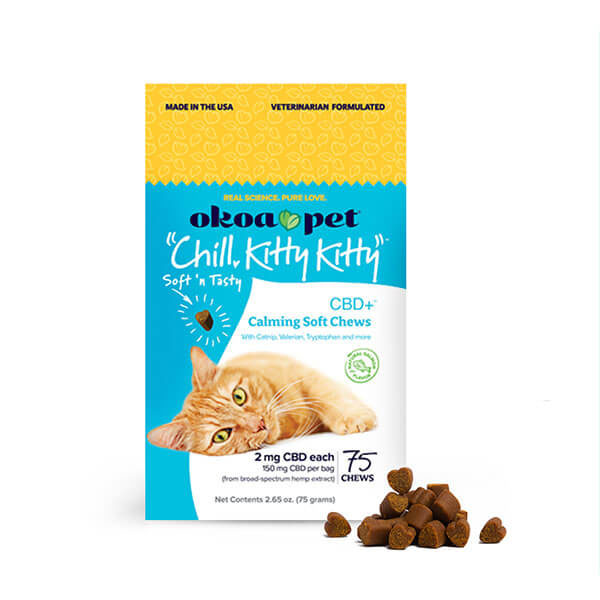6 Telltale Signs of Joint Pain in Dogs and How You Can Help
Do you have a pet in your family?
Many people consider pets an important part of the household. To some, they might even be the reason why they get up every day. Seeing them happy and active brings joy and warmth to our hearts.
When they seem sick, lethargic, or not themselves, we tend to worry a lot. What’s worse is they can’t tell us about their aches and pains. There can be many reasons why our furry pal is less energetic and unwell.
Joint pain in dogs is one of the most common ailments our pets can experience, and there are many likely causes. While a visit to the vet is the best course to get your pooch to feel better, relieving their pain will help a lot.
Make sure to spot these 6 telltale signs of joint pain in dogs. Read on to discover more:
1. Moodiness and Aggression
It’s easy to tell when our dogs are not themselves. Have they been irritable or even aggressive at the slightest touch of their legs? If so, they’re likely experiencing pain in that area.
One way to make their humans know they’re uncomfortable or in pain is through growling or whining. Try to calm down your furry pal and be patient with him. Observe which parts he doesn’t like touched or petted, and report it to the vet immediately.
2. Unwillingness to Move
Has your pet stayed in the same spot for hours? Have they missed meals, potty, and walkies even though they love doing them? Reluctance to move around is a crucial sign of severe joint pain in dogs.
Notice and track the times they’ve gotten up or moved around from their safe spot. It’s uncharacteristic for active and healthy dogs to forgo their routines. Movement and general activities may be causing them pain and discomfort.
3. Lethargy and Fatigue
Even we humans know that being in pain is tiresome. Arthritis in dogs can cause lethargy and fatigue. Imagine not being to walk around because your joints hurt and are unable to support you fully.
It’s no surprise why your furry pal would show signs of lethargy and fatigue. They may have also missed bathroom trips, meals, and water bowls because of joint pain. Despite this, always make sure they’re still fed and hydrated.
4. Limping and Rigidity
Joint pain in dogs can have a great impact on their mobility. Limping, walking stiff, or rigidity when moving are signs of arthritis or injury. Knowing if your dog was recently attacked or harmed is vital.
Differentiating from external injury and joint pain needs a vet’s expert opinion. However, you can still make sure that your pet is at ease and doing well. The least you can do is help relieve their pain, keep them calm, relaxed, and cozy.
5. Constant Licking and Biting
If your furry companion gnaws or licks their joints, it could mean they are suffering from joint pain. Licking their paws alone isn’t cause for concern. Dogs also groom and clean themselves, but this behavior can become excessive.
Although grooming is a self-soothing exercise for dogs, it’s also possible your pet is experiencing pain and is trying to make it stop. Seeing them obsess over cleaning or chewing their paws isn’t definitive on its own. However, it wouldn’t hurt to keep an eye out for excessive self-grooming.
6. Loss in Appetite
Anytime your pets display abnormal behavior, it can be cause for concern. Many dogs are food motivated; if your dog is one, and you notice a change in appetite, then something is wrong. This is especially concerning since, without proper nutrition, your dog’s condition may worsen.
Appetite loss may only be from the recent change of kibble. Yet, it is up to diligent owners to tell the difference.
Does your dog display other signs of arthritis or have a sudden loss of interest in food? Your pet could be dealing with joint pain.
More Tips for Managing Joint Pain In Dogs
There are many ways to keep our beloved fur baby healthy. Understanding arthritis in dogs is a great start. Canine Osteoarthritis (OA) is one of the most common diseases a dog can encounter in its lifetime.
Despite being more typical in aging dogs, some breeds are more predisposed to joint pain. Obesity, an unhealthy diet, excessive or the lack of (or the wrong) exercise all lead to joint wear and tear. That said, here are some ways to help curb and manage joint pain in dogs:
Weight Control
An obese pet puts more strain on its joints than a healthier and fit one. Putting your dog on a diet, if and when necessary, will save their joints.
Proper Diet
Ensure that your dog gets the right vitamins and minerals in its diet. With the right food, your dog will grow stronger and recover better.
Low-Impact Exercises
Some activities are better for your dog. Swimming, for example, puts less stress on joints than a game of frisbee. Make sure that your dog gets enough exercise to keep its joints active.
Massage and Acupuncture
Pamper your pooch! Even dogs can benefit from a spa day. Massages and acupuncture are popular choices, especially for dogs that compete.
Natural Supplements
Various treatments and supplements are available over-the-counter. Not only do they help boost your dog’s health, but they also help with dog anxiety. CBD to help relieve discomfort associated with joint pain in dogs is a good example. Green-lipped mussel and roe oil also help keep your pup’s joints slippery and friction-free. Okoa mobility chews are infused with all 3 of these ingredients!
Give Your Pup All the Love They Deserve
These are some signs of joint pain and arthritis in dogs. Remember that joint pain in dogs can manifest as poor eating habits or excessive grooming. If you notice these signs, contact your vet immediately.
Backed by science and love, Okoa Pet only offers the best for you and your four-legged family. Looking for natural CBD treats for your dog? Contact us today to order special and healthy treats for your loving pooch.








